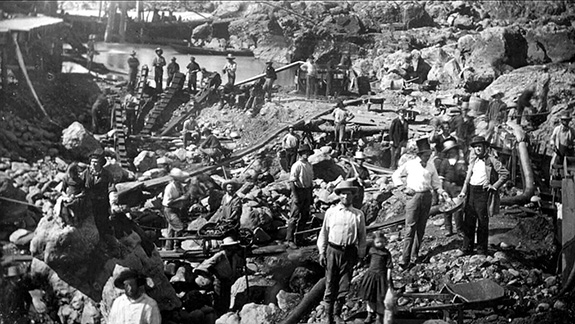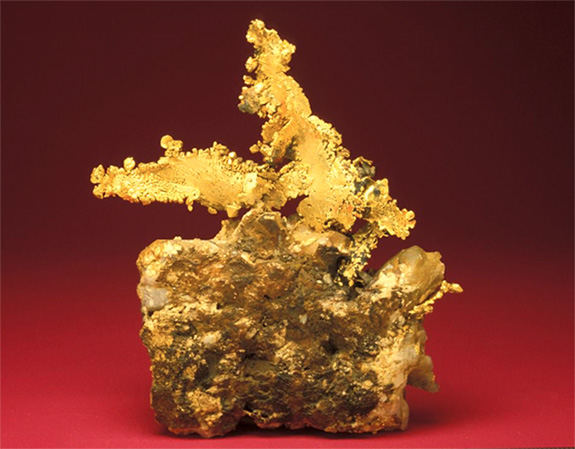
Might Diamond Dust Hold the Key to Reversing the Effects of Global Warming?
Scientists at ETH Zurich believe that seeding the atmosphere each year with five million tons of diamond dust could reflect enough of the sun’s energy
On January 24, 1848, a carpenter named James Wilson Marshall found flakes of gold in a stream bed while building a water-powered sawmill for John Sutter at Sutter’s Mill in Coloma, CA.

“It made my heart thump, for I was certain it was gold,” Marshall reportedly said of the historic find — a discovery that would change the complexion of California forever.
News of Marshall’s good fortune sparked the California Gold Rush, with hundreds of thousands risk takers from all parts of the US and abroad trekking to the Wild West to seek their fortunes. The Gold Rush — which lasted barely 10 years — yielded an estimated 750,000 pounds of gold worth approximately $24 billion in today’s dollars.

Now, 175 years later, the combination of torrential rains and devastating wildfires in California’s Central Valley have set the stage for Gold Rush 2.0.
Amateur prospectors are heading back to the riverbeds on the western slope of the Sierra Nevada, where “pickers” (gold nuggets large enough to be grabbed between one’s thumb and forefinger) have suddenly become more abundant.
The gold nuggets made their way downstream after emerging from newly exposed soil that had been eroded by the combination of historic rainfall, heavy snow melt and less tree cover. Today, a one-ounce gold nugget will yield nearly $2,000. During the original gold rush it was about $20.
Historian Ed Allen of the Marshall Gold Discovery State Park in Coloma, CA, told The Daily Mail that only 10 to 15 percent of California’s gold has been extracted so far. That means that 85% has yet to be found.
“We just had a flood here last month and that brought down [the] gold,” Allen had said in a February interview with Sacramento-based NBC affiliate, KCRA. “People are still looking for gold.”
Wearing a nugget necklace, Jim Eakin told The New York Times that he found a chunk of gold that was so large it funded his new Ford F-150. Despite his good fortune, he was cagey when a reporter asked him to disclose where he found it.
“Somewhere north of Los Angeles, south of Seattle and west of Denver,” Eakin told the publication.
Tony Watley, president of the Gold Country Treasure Seekers Club, said 2023 is going to be a magnificent year for members of his group. He told The Times that they’re seeing new erosion everywhere, and that means new exposed gold as the rivers continue to recede.
California state law does not permit the extraction of gold with heavy machinery, so much of the prospecting is done by hand. Fortune seekers are employing tools similar to the ones used by their predecessors during the original California Gold Rush.
Geologists believe that the combination of volcanoes, tectonic pressure and erosion over millions of years led to the presence of gold in high concentrations in the mountains and gravel beds along the rivers and streams of California.
(The impressive California gold specimen shown above is about 7 inches wide and resides at the Smithsonian in Washington, DC.)
Credit: Historic photo by George H. Johnson, Public domain, via Wikimedia Commons. Gold image by Chip Clark / Smithsonian.

Scientists at ETH Zurich believe that seeding the atmosphere each year with five million tons of diamond dust could reflect enough of the sun’s energy

The Florida Panthers celebrated their first-ever Stanley Cup title with a 14-karat yellow gold ring set with 554 diamonds, 17 rubies, 37 yellow sapphires and

Last week, the Perot Museum of Nature and Science in Dallas took the wraps off its newest exhibit titled “Topaz: A Spectrum in Stone.” The

Welcome to Music Friday when we bring you fabulous songs with jewelry, gemstones or precious metals in the title or lyrics. Today, we turn the






No more posts